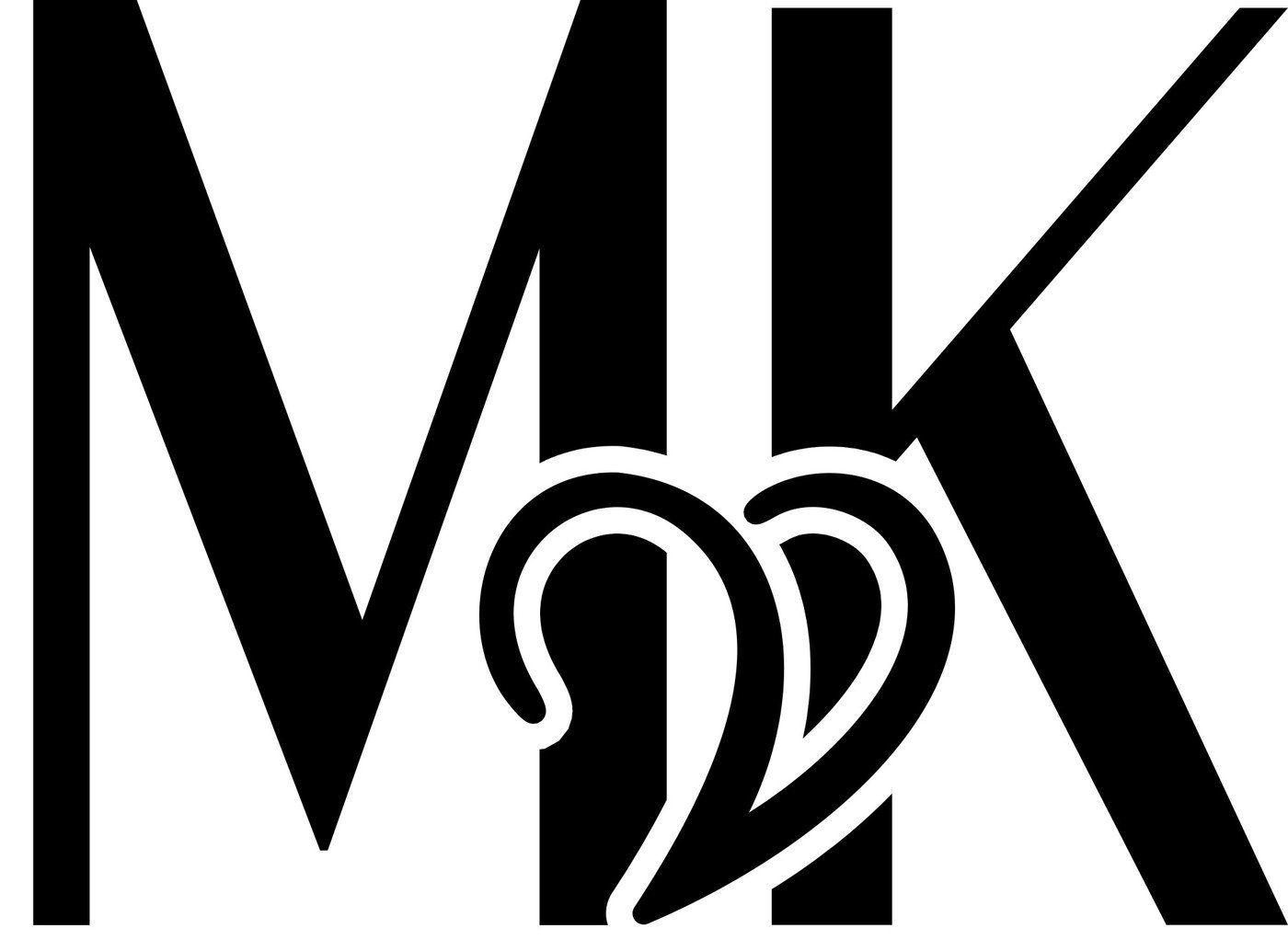Have you ever encountered the term MKV and wondered what it means? MKV, or Matroska Video, is a widely-used multimedia container format that has gained immense popularity in recent years. As digital media continues to evolve, understanding MKV becomes essential for anyone interested in video playback, editing, or streaming.
Whether you're a tech enthusiast, a filmmaker, or simply someone who enjoys high-quality video content, this guide will provide you with a comprehensive understanding of MKV. We'll explore its features, advantages, and how it compares to other video formats. By the end of this article, you'll have all the knowledge you need to make the most out of MKV files.
In this article, we'll delve into the technical aspects of MKV, its compatibility with various devices and software, and tips for optimizing your experience with this versatile format. Let's dive in and uncover why MKV is a preferred choice for many users worldwide.
Read also:Sydney Brooke Simpson The Rising Star In The Entertainment Industry
What is MKV and Why Should You Care?
Definition and Overview
MKV, short for Matroska Video, is an open-standard container format designed to hold an unlimited number of video, audio, picture, or subtitle tracks in a single file. Unlike other formats like MP4, MKV is highly flexible and supports a wide range of codecs, making it a favorite among media enthusiasts.
The term "Matroska" originates from the Russian word for a traditional nesting doll, symbolizing the format's ability to encapsulate multiple types of media in one file. This versatility is one of the reasons why MKV has become so popular in the digital age.
Key Features of MKV
Here are some of the standout features of the MKV format:
- Support for Multiple Codecs: MKV can accommodate various video, audio, and subtitle codecs, ensuring compatibility with a wide range of content.
- Chapter Support: MKV files allow users to create and navigate chapters, enhancing the viewing experience.
- High-Quality Playback: MKV supports lossless compression, preserving the original quality of the video and audio.
- Customization: Users can add metadata, subtitles, and multiple audio tracks to personalize their viewing experience.
Advantages of Using MKV Format
There are numerous benefits to using MKV for storing and sharing video content. Below, we explore the top advantages of this versatile format:
Superior Quality
MKV is known for its ability to maintain high-quality video and audio without compromising file size. This makes it an ideal choice for those who prioritize clarity and detail in their media.
Compatibility Across Devices
While MKV is not natively supported by all devices, its widespread adoption means that most modern media players can handle MKV files with ease. Software like VLC Media Player and PotPlayer ensures seamless playback across different platforms.
Read also:Anjali Arora A Rising Star In The Entertainment Industry
Customization Options
One of the most appealing aspects of MKV is its flexibility. Users can embed multiple audio tracks, subtitles, and even chapters, allowing for a highly personalized viewing experience.
How MKV Compares to Other Video Formats
MP4 vs. MKV
MP4 is one of the most popular video formats in the world, but how does it stack up against MKV? While MP4 is widely supported and easy to use, MKV offers more advanced features such as chapter support and codec flexibility. If you're looking for a format that prioritizes versatility, MKV is the better choice.
AVI vs. MKV
AVI, or Audio Video Interleave, was once a dominant force in the video format landscape. However, its limitations in terms of codec support and file size efficiency make MKV a superior option for modern users. MKV's ability to handle large files without sacrificing quality gives it a clear advantage over AVI.
How to Play MKV Files on Different Devices
Desktop and Laptop
Playing MKV files on a computer is straightforward, thanks to the availability of powerful media players like VLC and KMPlayer. These programs are free, easy to install, and support a wide range of codecs, ensuring smooth playback of MKV files.
Smartphones and Tablets
For mobile users, apps like MX Player and VLC for Android/iOS provide reliable solutions for playing MKV files on smartphones and tablets. These apps are optimized for mobile devices and offer features such as subtitle support and playback customization.
Smart TVs and Streaming Devices
Many modern smart TVs and streaming devices, such as Roku and Chromecast, support MKV files out of the box. However, for older devices, you may need to convert the files to a more compatible format or use external media players.
Tips for Optimizing MKV Files
Converting MKV Files
If you encounter compatibility issues with MKV files, converting them to a more universally supported format like MP4 may be necessary. Tools like HandBrake and Freemake Video Converter offer simple interfaces and efficient conversion processes.
Compressing MKV Files
Large MKV files can be challenging to store and share. To reduce file size without compromising quality, you can use compression software like FFmpeg or MKVToolNix. These tools allow you to adjust settings such as resolution and bitrate to achieve the desired balance between size and quality.
Common Issues with MKV Files and How to Resolve Them
Playback Problems
One of the most common issues users face with MKV files is playback errors. This can often be resolved by ensuring that the correct codecs are installed on your device. Alternatively, using a media player that supports MKV natively, such as VLC, can eliminate these problems.
Subtitles Not Working
If subtitles are not displaying correctly, check that they are embedded in the MKV file or ensure that the external subtitle file is compatible with the video. Tools like Subtitle Edit can help you synchronize and adjust subtitles to match the video.
Future of MKV: Trends and Predictions
Adoption in Professional Settings
As MKV continues to gain traction, its adoption in professional settings such as film production and streaming services is expected to grow. Its ability to handle high-quality content and its open-source nature make it an attractive option for industry professionals.
Integration with Emerging Technologies
With the rise of 4K and 8K video, MKV's support for high-resolution content positions it as a key player in the future of digital media. As new technologies emerge, MKV is likely to remain a relevant and reliable format for storing and sharing video content.
Conclusion
In summary, MKV is a versatile and powerful video format that offers numerous advantages over its competitors. Its ability to support multiple codecs, provide high-quality playback, and allow for customization makes it a favorite among media enthusiasts and professionals alike.
We encourage you to explore MKV further and discover how it can enhance your digital media experience. Don't forget to share this article with others who may benefit from learning about MKV. If you have any questions or insights, feel free to leave a comment below. Together, let's continue to explore the world of digital media!
Table of Contents
- What is MKV and Why Should You Care?
- Key Features of MKV
- Advantages of Using MKV Format
- How MKV Compares to Other Video Formats
- How to Play MKV Files on Different Devices
- Tips for Optimizing MKV Files
- Common Issues with MKV Files and How to Resolve Them
- Future of MKV: Trends and Predictions
- Conclusion


